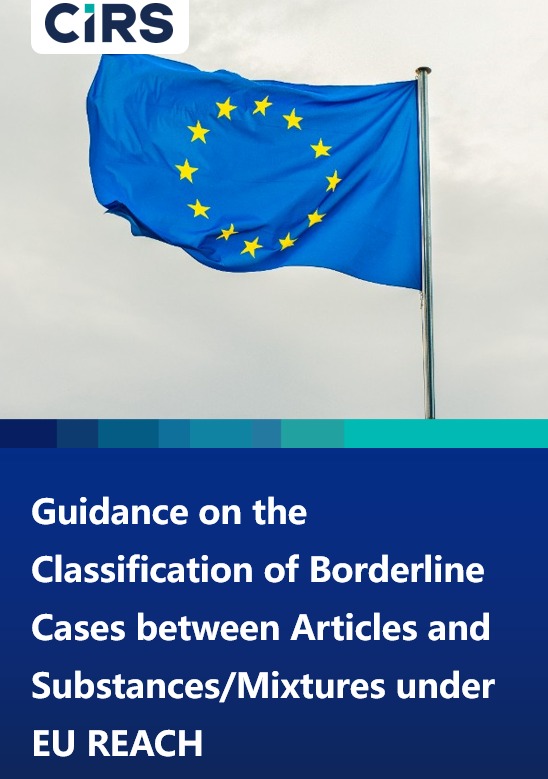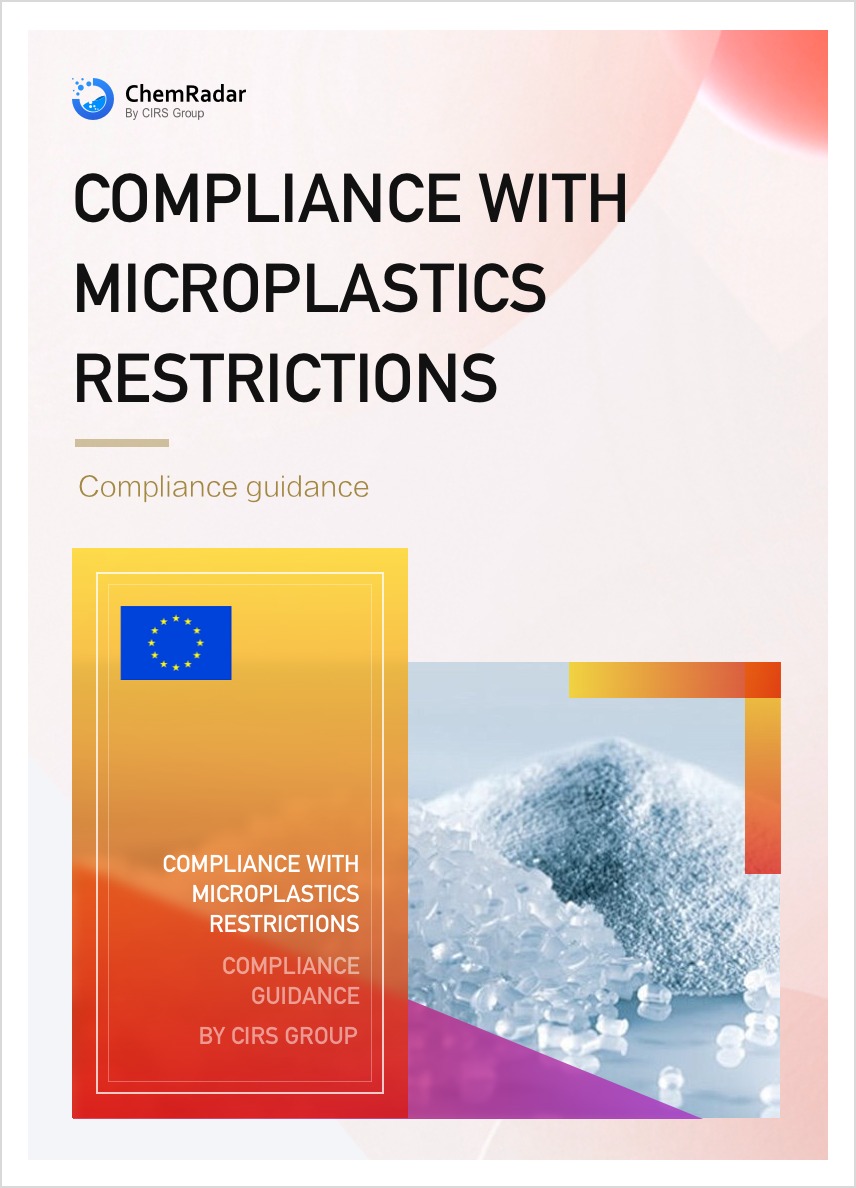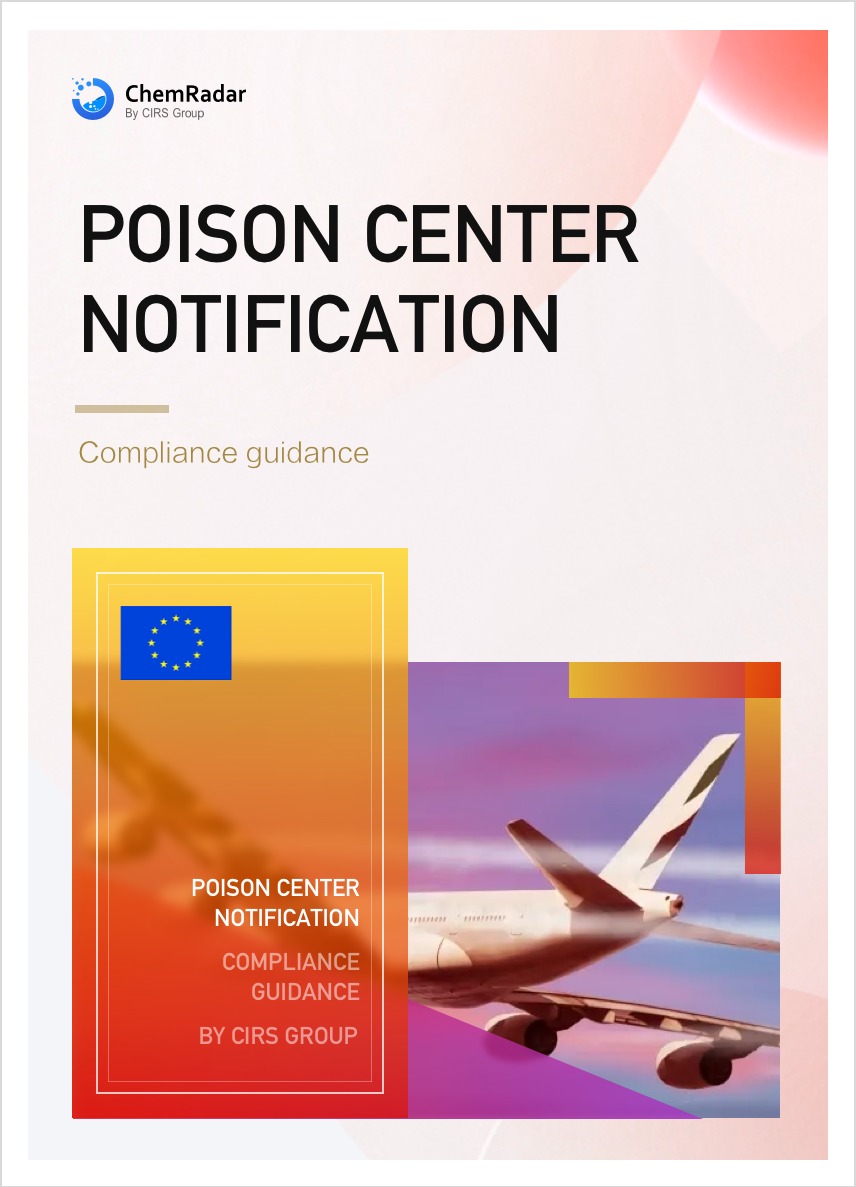On October 9, 2025, the European Chemicals Agency (ECHA) announced that the Member State Committee (MSC) unanimously agreed during its October meeting to classify 1,1’-(1,2-ethanediyl)bis[pentabromobenzene] (Decabromodiphenyl Ethane, DBDPE) as a Substance of Very High Concern (SVHC). ECHA plans to officially publish the notice in November 2025, adding it to the SVHC Candidate List. This move will further advance the phase-out of brominated flame retardants.
In addition to the obligations under REACH regulations after listing, identifying DBDPE as an SVHC will also help promote potentially feasible restrictions on brominated flame retardants. This action aligns with the deadline for transferring the substance to the harmonized classification and labeling list under the CLP Regulation.
Proposed New SVHC Substance Information:
|
Substance Name |
CAS No./EC No. |
Proposed Reason |
Common Uses |
|
1,1'-(ethane-1,2-diyl)bis[pentabromobenzene] (DBDPE) |
CAS No. 84852-53-9 EC No. 284-366-9 |
vPvB (Article 57e), very persistent and very bioaccumulative
vPvB (Article 57e) |
Primarily used as a replacement for decabromodiphenyl ether flame retardants, commonly found in HIPS, ABS resins, and plastics such as PVC and PP. Widely used in the following products: adhesives and sealants, coating products, fillers, putty, plaster, modeling clay, inks and toners, leather treatment products, lubricants and greases, polishes and waxes, polymers, washing and cleaning products, and cosmetics and personal care products. |
Additionally, the EU recently withdrew one proposed SVHC substance: dodecamethylpentasiloxane (CAS No. 141-63-9, EC No. 205-492-2). This substance was initially proposed for the SVHC Candidate List due to its potential very persistent and very bioaccumulative (vPvB, Article 57e) properties. However, after further scientific evaluation and stakeholder feedback, ECHA decided to withdraw the proposal.
As of now, the summary of SVHC-related information is as follows:
- The SVHC Candidate List consists of 33 batches totaling 250 substances.
- 1 substance proposed for addition (Decabromodiphenyl ethane).
- 1 substance under consideration (Resorcinol).
- 3 substances under SVHC public consultation.
- No SVHC intention substances (public consultation not yet initiated).
The Current 3 Substances under SVHC Public Consultation:
|
Substance Name |
CAS No./EC No. |
Proposed Reason |
Common Uses |
|
N-Hexane |
CAS No.: 110-54-3EC EC No.: 203-777-6 |
Substances of equivalent concern having probable serious effects to human health (Article 57f - human health). |
Used in polishes and waxes, adhesives and sealants, antifreeze, biocides, coating products, fillers, putties, plasters, modelling clay, finger paints, non-metal-surface treatment products, inks and toners, leather treatment products, lubricants and greases, perfumes and fragrances, textile treatment products, dyes, cosmetics and personal care products. |
|
4,4'-methylenediphenol (BPF) |
CAS No.: 620-92-8 EC No.: 210-658-2 |
Reproductive toxicity (Article 57c).
Toxic for reproduction (Article 57c) |
Primarily used in the production of epoxy resins, polycarbonate resins, and polyester resins, as well as in the manufacture of textile dyeing auxiliaries, thermal-sensitive materials, flame retardants, antioxidants, and surfactants. |
|
4,4'-[2,2,2-trifluoro-1-(trifluoromethyl)ethylidene]diphenol (BPAF) and its salts |
/ |
Reproductive toxicity (Article 57c).
Toxic for reproduction (Article 57c) |
Mainly used as a monomer for synthesizing fluorine-containing polymers, and also for producing dyes, photosensitive materials, and optical brighteners. |
ChemRadar Insights
For products exported to Europe containing SVHCs above 0.1%, companies must fulfill information transmission and SCIP notification obligations. If the export volume of SVHCs exceeds 1 ton/year, SVHC notification is also required.
Corporate Responsibilities and Obligations
Companies should note that products containing SVHC substances entail corresponding responsibilities and obligations:
- When the SVHC content in an article exceeds 0.1%, its supplier must provide the recipient of the article with information on safe use;
- Upon consumer request, sufficient and accessible information, including the substance name and its content, shall be provided free of charge within 45 days;
- If the annual export volume exceeds 1 ton, importers and producers of the article must also submit a notification to ECHA within 6 months from today;
- Starting from January 5, 2021, articles containing more than 0.1% of substances listed on the SVHC Candidate List must also submit relevant information to ECHA's SCIP database;
- Substances on the SVHC Candidate List may be added to the Authorization List in the future, at which point companies must apply for authorization to continue their use.




